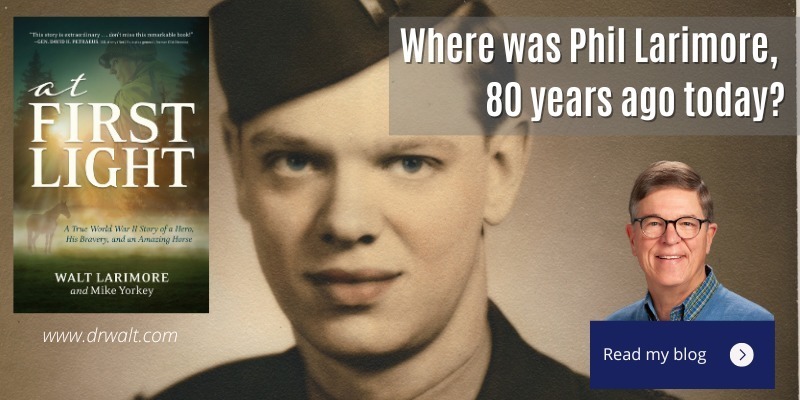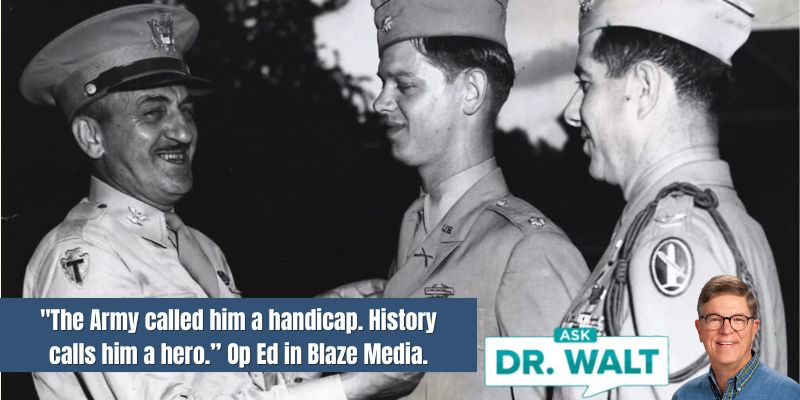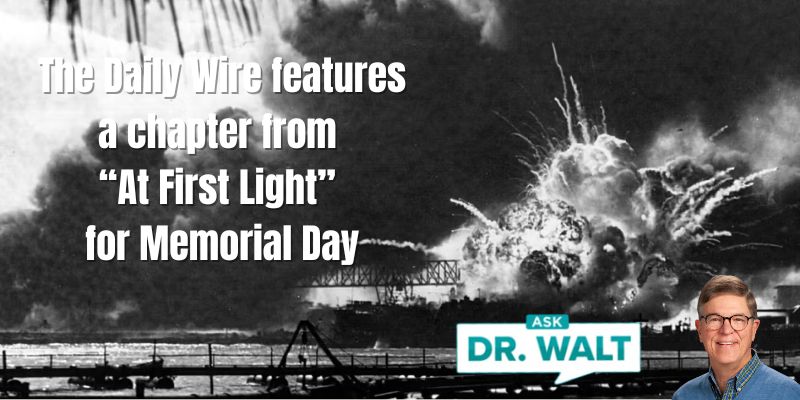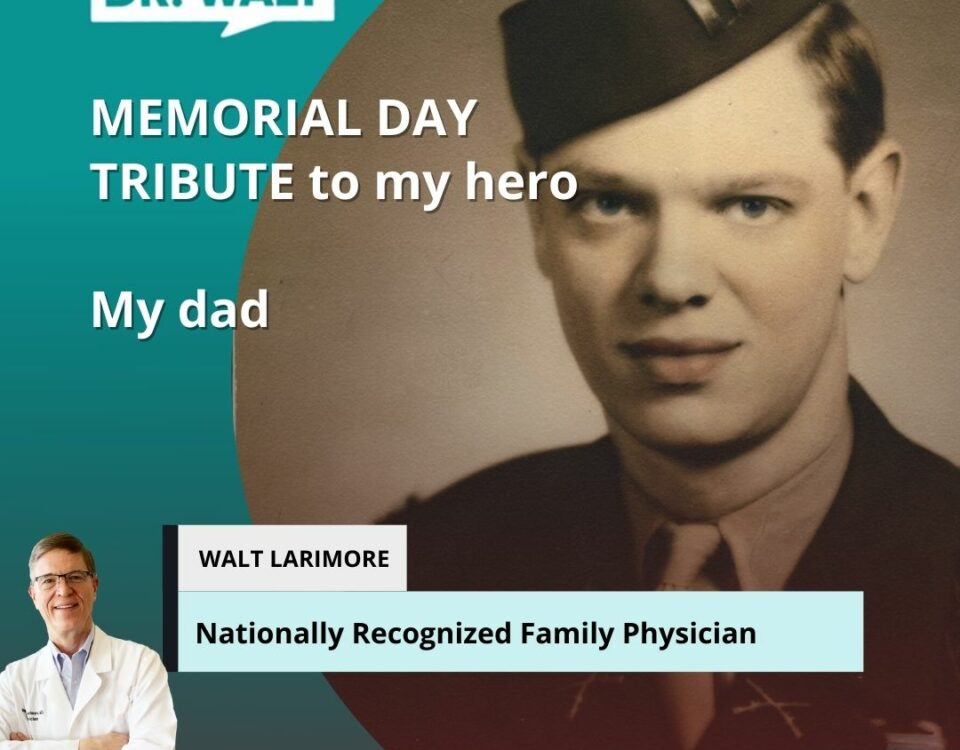
January 24, 1945 — 36 hours of fighting left Phil and his men exhausted and hanging on by their fingernails
January 24, 2025
January 26, 1945 — Phil and Audie Murphy meet again the day Murphy earns the Medal of Honor
January 26, 2025January 25, 1945 — The 30th Regiment survivors were dazed, angry, and embarrassed but with a spirit of revenge
Finally, after thirty-six hours of nonstop fighting, the men from the [30th Infantry Regiment] holding the Maison Rouge bridgehead were relieved by men from the 15th. After orienting their replacements, Colonel Porter, along with Phil and their men, bolted across the Ill River on the new treadway bridge[1] that engineers had just finished north of Maison Rouge. Behind the lines, they were quickly and joyously reunited at the regimental command post in an old stone farmhouse in the woods.[2]

After Phil and two of his men wolfed down a hot C-ration feast, they fashioned a dessert out of the now-frozen doughnuts they’d received from the Red Cross girls. Necessity being the mother of invention, they worked their forks into their fried dough confections and heated the doughnuts slowly over a Coleman burner.[3] Sergeant Charles Beardslee had a small jar of strawberry jam in his pack, so the three spread some sweet jam on their warm doughnuts.
They felt like they were eating a dessert fit for kings. While Phil savored each sweet bite, he listened to radio reports that said the new treadway bridge across the Ill River was allowing American armor to pour across. The result: a furious tank and artillery duel raged across the Colmar Plain throughout the day. He could see smoke staining the sky from the burnt-out carcasses of American Sherman and German Panther and Tiger tanks.
Every time the enemy tried to move in, the superior American artillery opened up and created more casualties to be recovered and evacuated by the German medics. In the process, more surviving members of the 30th Infantry were found, cold and exhausted, but alive. They made their way to the welcoming arms of their regiment, where they were met with blankets, hot coffee, cigarettes, and food delivered by regimental supply personnel. The shivering men were also supplied with fresh, warm clothes and more rifles and machine guns.
Phil found the 30th Regiment survivors dazed. They were the fortunate ones, as the frontline rifle companies’ strength had fallen from about 200 soldiers to just seventy. But they were also embarrassed and angry. They had no time to mourn the losses of their buddies, but they needed time to recover, recuperate, and regroup. They also wanted an opportunity to redeem the regiment’s reputation.
Phil knew, as did most of the men, that the debacle was not their fault. The command decision from above—to attack with no support—had put them in an extremely perilous position. He assigned no blame, however, as he was acutely aware of the terrible costs that sometimes came with command decisions made in the heat of battle.
But the men and officers were also conscious that this was the first time the unit ever had to make a “strategic withdrawal.” Phil and every man he talked to, whether an officer or enlisted man, never wanted that to happen again. A spirit of revenge, along with a desire to bowl the Krauts over for good, began to well up throughout the 30th Regiment. Phil wrote home:
It was a bloody battle, one of our worst, and I lost a lot of men and my best friend. For a day and a night, some of my men and me had to hold on by our fingernails … but we did. And now we move on.
~~~~~
[1] A treadway bridge was a floating bridge, having two tracks as a roadway.
[2] Larimore, At First Light, 199.
[3] The GI pocket stove at the time was a portable, pressurized-burner, liquid-fuel stove designed by the Coleman Company that was lightweight and no larger than a quart-sized thermos bottle. A Coleman stove could burn any kind of fuel and operate in weather from −60 degrees to 125 degrees Fahrenheit. Ernie Pyle ranked it “just behind the Jeep” in its usefulness.
[4] Larimore, Ibid, 199-200.
In case you haven’t read or listened to Dad’s book, you can learn more or order it here.
© Copyright WLL, INC. 2025.




